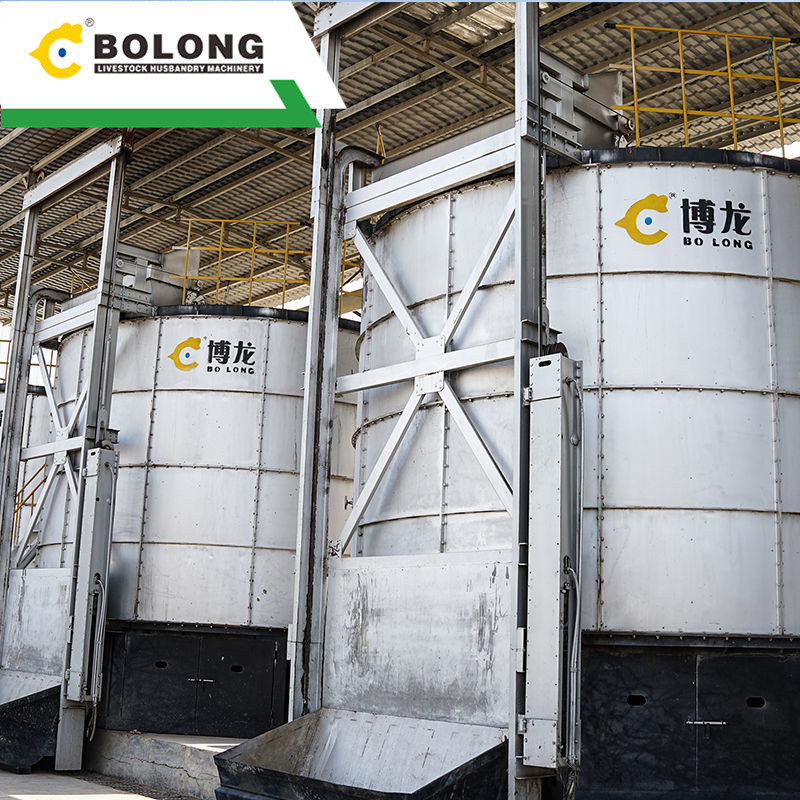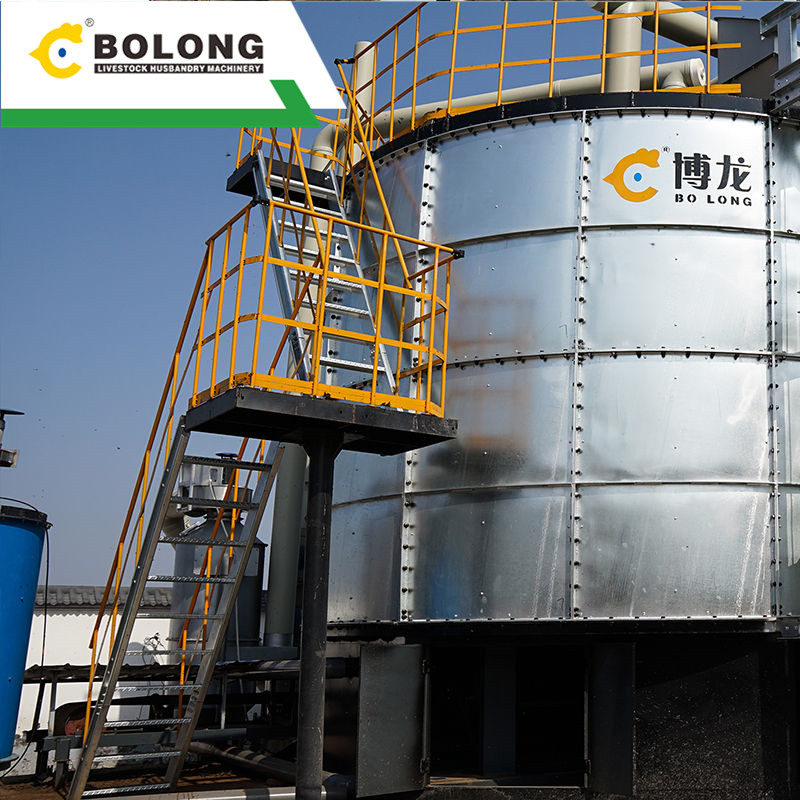
2015/11/1/ · Hygienic design considerations are critical to the reliable operation of these facilities, and implementation of hygienic design in a cost-effective manner will be a major factor in ensuring success of industrial-scale fermentation for the production of biobased chemicals. Edited by Suzanne Shelley . References. 1.
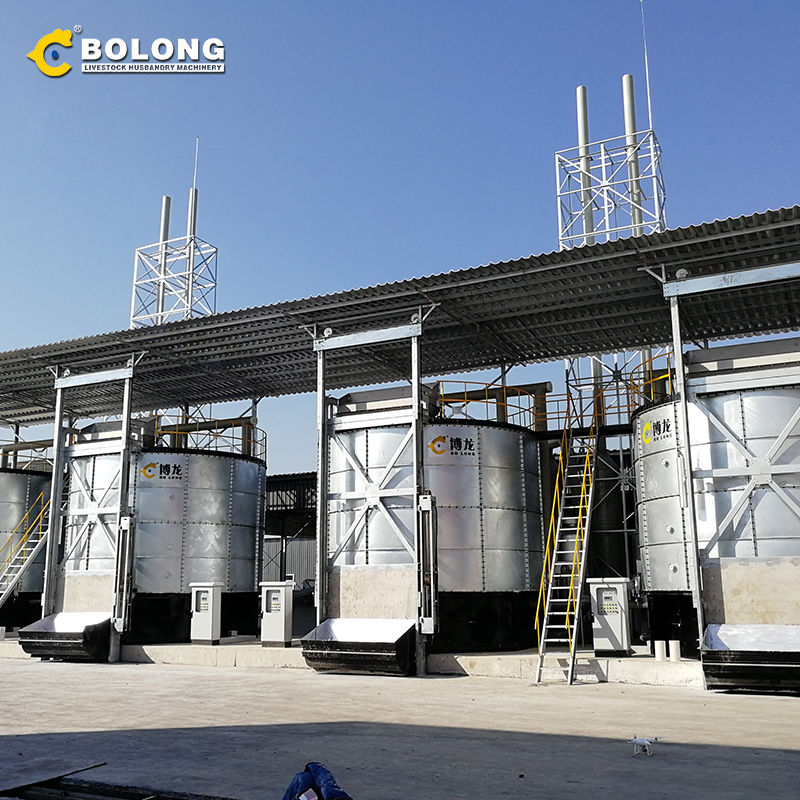
2023/8/3/ · Stirrer glands and bearings. The most important factor of designing a fermenter is to maintain aseptic conditions inside the vessel. It is highly challenging in the case of pilot-scale fermenters. Therefore stirrer shafts are required. These stirrer shafts play an important role to seal the openings of a bioreactor.

1.1 Introduction. The preparation consists of the calibration of the probes and definition of the initial conditions Connect the line cord at the back of the Fermenter and plug it into the power line (90-240 V / 50-60 Hz). Switch on the Fermenter. The LED on the front panel is yellow. The display shows the last entered parameters.
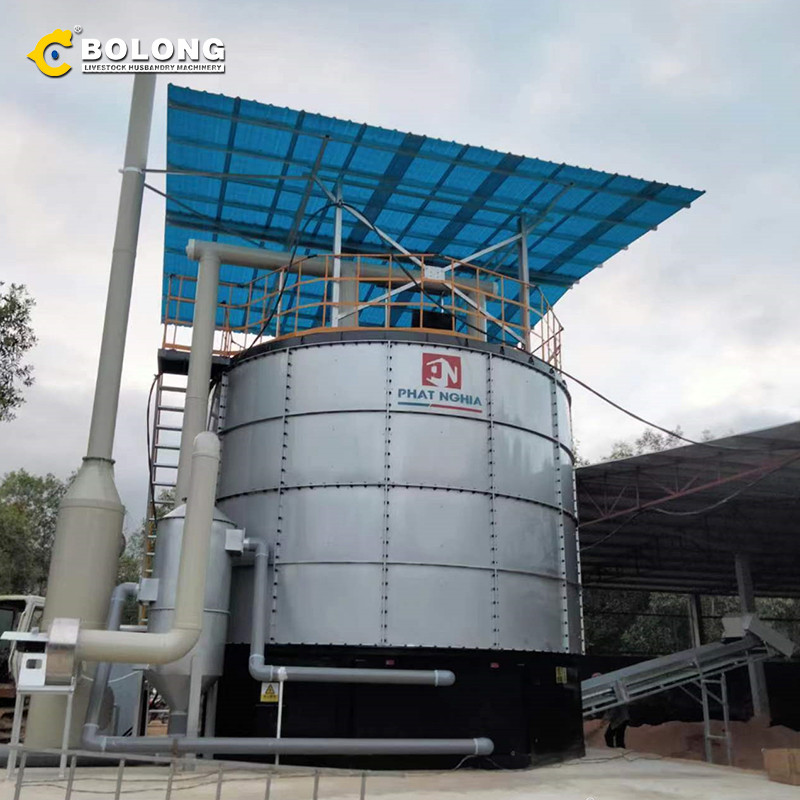
2023/12/18/ · Continuous fermenters, as the name suggests, allow for a continuous flow of fresh substrate and the removal of fermentation end products without interrupting the process. This type of fermenter is often used in large-scale industrial production, where continuous operation is crucial to meet high demand.

Basic Fermenter Design : External, Agitation & Aeration, Inlets and Outlets. De Becze and Liebmann (1944) used the first large scale (above 20 litre capacity) fermenter for the production of yeast. But it was during the First World War, a British scientist named Chain Weizmann (1914-1918) developed a fermenter for the production of acetone.
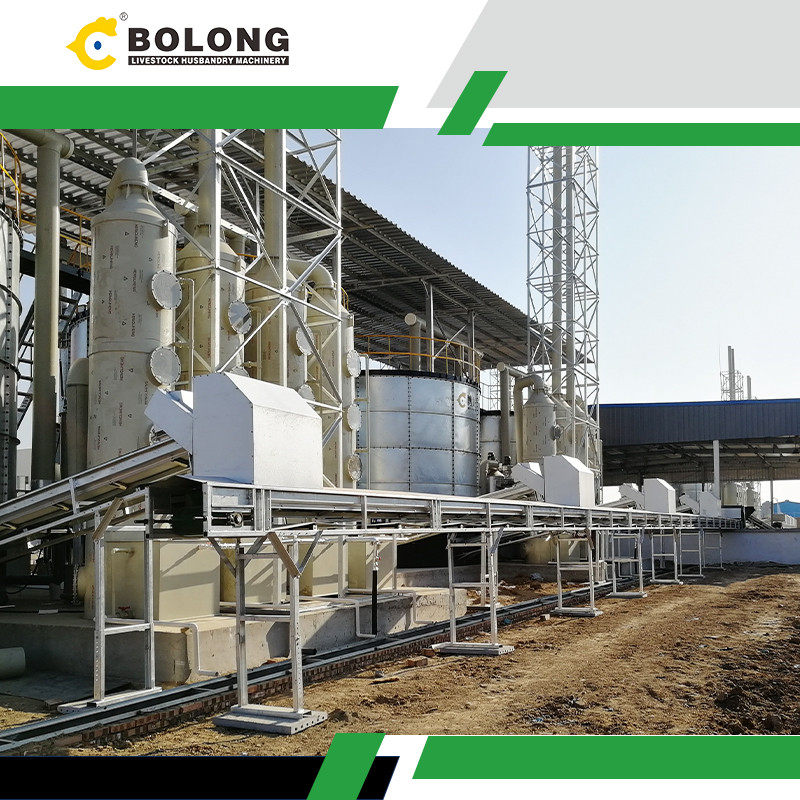
2022/3/13/ · SAFe 6.0. SAFe is the world’s leading framework for Business Agility. SAFe integrates the power of Lean, Agile, and DevOps into a comprehensive operating system that helps enterprises thrive in the digital age by delivering innovative products and services faster, more predictably, and with higher quality.

A pH less than 7 is acidic and greater than 7 is basic. For fermentation to be successful at eliminating all potential pathogens the pH level must drop below an acidity of 4.6. Foods can NOT be guaranteed to be safe and free from harmful potential pathogens unless it is verified using a pH meter or test strip.

Safety Precautions for Anaerobic Digestion Systems. Whether you are designing, constructing or operating a biogas plant, you need to identify health and safety risks and plan measures accordingly to either eliminate or mitigate them to make your facility as safe as possible. It is a crucial step to avoid injuries and deaths.


2022/9/19/ · If you have a fermentation chamber make sure it’s clean before using it for open ferments. It’s recommended to cover the fermenter with cling film with holes punched in it, or to even rest the lid on top with the airlock removed. This will help stop bugs getting in whilst allowing the vessel to remain unpressurised.

2024/4/25/ · It typically takes 3-6 months to become a fermentation operator: Months 1-3: Learning the job through on-site training, including tasks such as operating equipment, monitoring fermentation processes, and maintaining a clean and safe work environment. Months 4-6: Gaining additional experience and knowledge through on-the-job training,

2023/8/22/ · Aseptic operation involves protection against contamination and it is a well established and understood concept in the fermentation industries, whereas con tainment involves prevention of escape of viable cells from a fermenter or downstream equipment and is much more recent in origin. Containment guidelines were initiated during the 1970s
